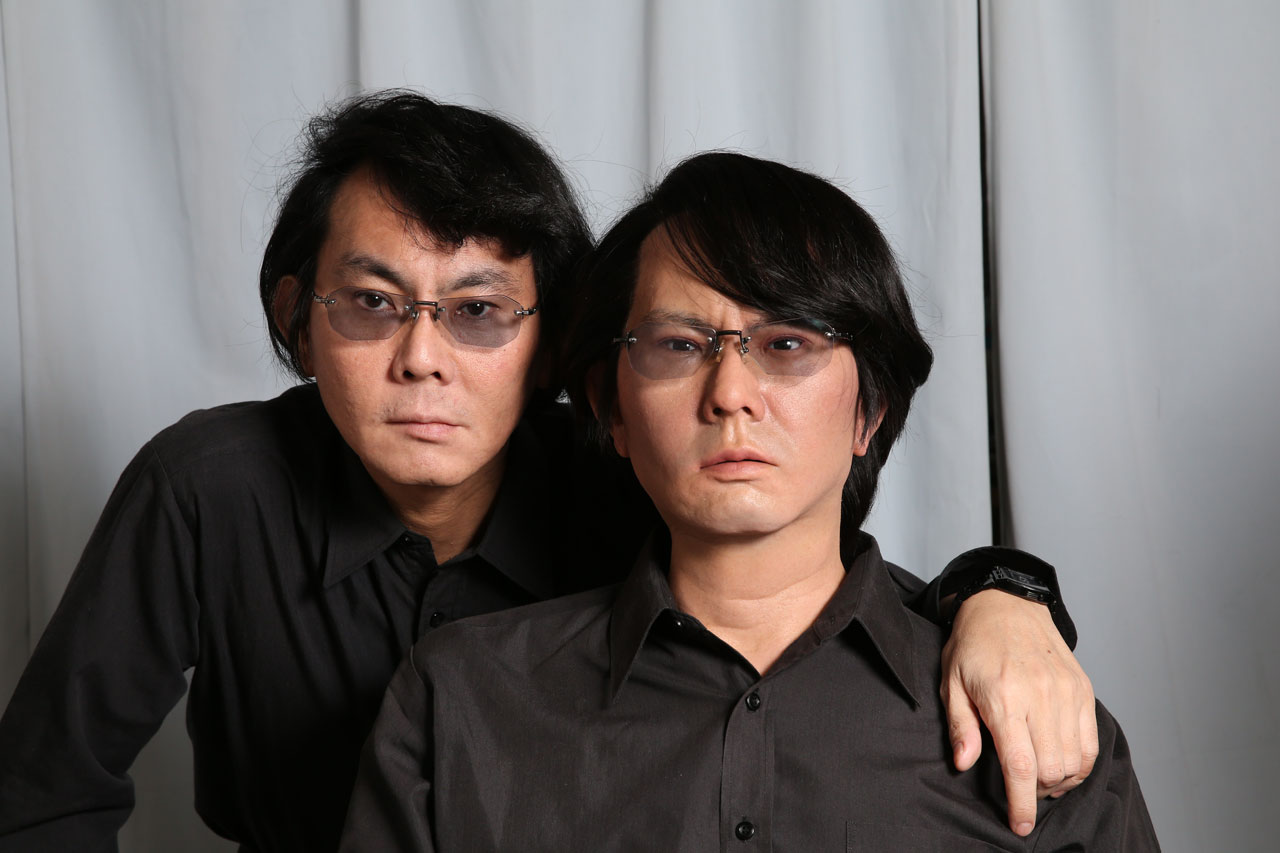Will we wait for mass production of humanoid robots?

Among all the varieties of robots, the humanoid ones attract the most attention. Anyone interested in robotics is watching the new fallings of Atlas and watching the debate on humanoid robots about the future of humanity, and online you can find many interviews with the most famous humanoid manufacturer, Professor Hiroshi Ishiguro .
Most of these androids were made several years ago, however, their distribution does not go further than the scene and participation in talk shows. Video with humanoid robots is, of course, good. But will we ever wait for their mass production and real presence in our life?
Calculate
Remember the Honda Asimo robot? He became famous for his ability to play football, to make a “goat” with his fingers and to dance nicely, but a little awkwardly.

The first version of the robot was introduced back in 2000. As of 2009 , however, only 100 copies of Asimo existed in the world. In 2017 - hardly more. At a cost of $ 2.5 million for this, in general, useless robot - this is not surprising.
In addition, Honda said that the cost of production of each instance reaches almost $ 1 million, which means that no fundamental price reduction can be expected.
More available - iCub robot from The RobotCub Project. The average price for it reaches $ 270 thousand , but at the same time it is not positioned as a solution ready for implementation. The main goal of this project is the development of a public platform for creating humanoid robots, so while iCub has settled in several dozen European laboratories.

The price of unique piece copies should be much higher. Therefore, Atlas robots were created only 10 , and the realistic Erika and the robot-twin Hiroshi Ishiguro, apparently, are destined to remain in a single copy.

Robot Sophia from Hanson Robotics can talk for a long time about how our joint future will be arranged with machines, and dream of a more advanced intelligence, but similar to her humanoids will not walk the streets for a long time and force us out of our jobs (in this context " employment "humanoid Aiko Chihira as an administrator in one of the shopping centers in Tokyo looks more like an exception).

But why are we so passionate about creating humanoid robots? According to Peter Levich, director of the Department of Interaction between Science, Technology and Society of the Moscow Institute of Technology, this is a certain complex of God - regardless of our religious beliefs. The desire to create a device in its own image and likeness is a complex creator that we want to implement.
The expert continues: “For us - amateurs, outside observers, brought up in science fiction - the robot must be anthropomorphic, humanoid. But this is not justified by any technical considerations. Often, the creation of humanoid robots is an aspect of PR, and the real tasks are covered by more functional devices. ”
So all is lost?
Does this mean that the idea of mass production of humanoid robots has no basis?
Perhaps not, because not all humanoid robots are designed to simply walk around the stage and amaze us with their realistic mimics - some of them are designed to solve very specific tasks. We are talking about anthropomorphic rescue robots - like the same Atlas.

According to Peter Levich, this is the only case where robots really have to be anthropomorphic. “For this reason, DARPA conducted its Robotics Challenge among anthropomorphic robots,” he said, “this rule was not spelled out, but most of the participating robots were anthropomorphic. DARPA decided in this competition a very specific case: the creation of robots to eliminate the consequences of emergency situations. Anthropomorphic robots are preferable for this, because they will have to work with the same tools as humans: open the door handle, take a drill and unscrew the screws, drive conventional machines if they are in that zone. ”
In addition to DARPA, the already mentioned Honda company is developing humanoid robotic rescue workers. She recently introduced her E2-DR .
In Russia, the development of a similar project is engaged in the NGO "Android Technology" . Of course, humanoid rescue robots are not yet ready to be sent to real disaster sites (as opposed to miniature robot spiders or the four-legged Cheetah 3 robot). They still have problems with equilibrium, because they need to spend a lot of computing power on simple coordination of movements - and videos with the drops of the Boston Dynamics robots prove this.
Nevertheless, such projects can be developed and go into mass production, because, unlike simply “stage” humanoids, they have a specific goal.
PS
Of course, for realistic humanoid robots, you can also specify a rather specific purpose - the manufacturers of sex robots RealDoll and Samantha are moving in this direction. But, as practice shows, such a robots do not need a fully functional body: manufacturers are limited to installing robotic heads with realistic mimic on the silicone body of the doll (albeit equipped with sensors). Everything again comes up against the price: even if such half-robots cost several thousand dollars, how much will fully robotic samples cost?
All Articles